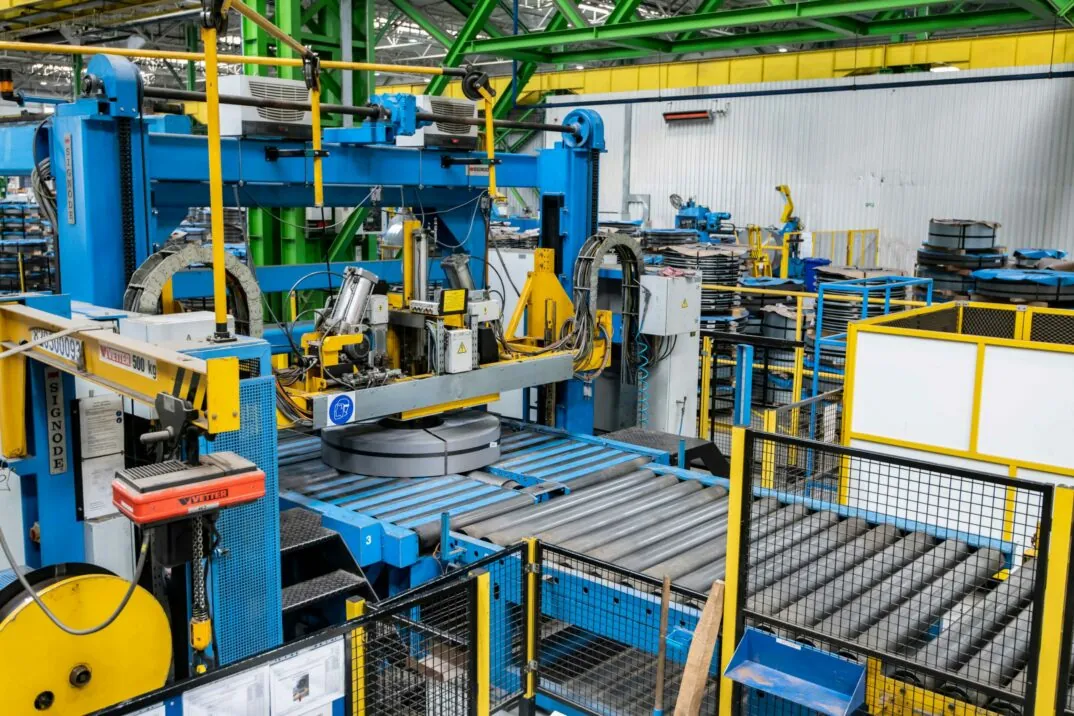The processes in this area were also analyzed, optimized, and implemented in SAP IBP in the project. An optimizer formulates the procurement suggestions and concrete requirements automatically from target, minimum, and maximum inventories and plans them according to the quotas. KPIs, reports, alerts, and exception reports assist the scheduler’s work and improve transparency. In just a few months, the planning at thyssenkrupp Materials Processing Europe shifted from a variant supported primarily by on-board tools to integrated, cloud-based, partially automated sales, purchasing and disposition planning. The project was very complex and demanding for the project team, not just with respect to scheduling and training of the employees, it was also full of innovations – technologically with agile methods in the project organization. “It’s possible that given today’s perspective, we would do some things differently. Distribute time and money budgets differently, take a little more time at one point or another. But my recommendation to other companies when it comes to integrated planning: just do it. Don’t do it without a Proof of Concept, but do it,” says Sascha Marzini, the responsible Supply Chain Manager, in hindsight. The gains with respect to transparency and flexibility in the supply chain are immense. And Fabian Stocker of valantic adds: “Our customer made a big leap in a short time.” And this was the first SAP IBP project at the thyssenkrupp group. “The project shows what is possible in S&OP with SAP IBP with just the standard – even for smaller companies, for a step-by-step implementation of processes and as entry into the cloud or SAP.”
“thyssenkrupp takes the leap to the cloud with SAP IBP” – when do you follow? Learn more on SAP IBP here: https://www.valantic.com/en/sap-services/sap-integrated-business-planning/.





